Raise your hands if you have had your photos critiqued before. Now if you have, do you remember receiving feedback that wasn't too useful? Perhaps it’s because the one giving the feedback didn't understand your situation. Or perhaps they didn’t understand what you wanted to show. Critiquing photographs is a skill, so take a look at the following tips that will help you learn how to critique photographs.
At times people would say statements like “It’s nice” or “It’s okay” without explaining why they like it or why they see it that way. But there are also those who care to know, asking why you took the shot and why you chose to shoot it that way before giving their two cents worth.
As someone who wants to receive critique, don’t we all want to know how we can improve our craft? Don’t you like to hear why your photo works, why it doesn't and what you can do to make it work next time? There are different ways to critique, some more helpful than others.
While there is no right or wrong way to give critique, it is important to know that most people would like to receive feedback that they can take back home and add to their learning. These kinds of feedback, one way or the other, can help improve a photographer’s shooting considerations and if you are someone who loves giving feedback, then make sure you are doing it the right way!
Photo Critique as a Skill
Giving critique is a skill in itself and for the receiver it is a part of the learning process. Sadly, not all photographers take the time to get better at providing critique effectively. This is quite alright though because it is a personal choice that has to be made. Again, critique is a skill, and skills improve over time with the right knowledge and continuous practice.
How Should We Critique Then?
According to the Dictionary, critique means, “evaluate (a theory or practice) in a detailed and analytical way.” According to Merriam Webster, critique means, “to express your opinion about the good and bad parts of (something).“
Since photo critique is a detailed assessment of someone’s photograph, the key activity in critique is analysis. It does not consider whether feedback is negative or positive, but it is simply an analysis of what works and what doesn't.
Often times critique can lead to negative feedback regarding an image because mistakes are often more noticeable than positives. Good feedback can be given too although compliments are usually given when there is something that is noticeably outstanding in an image.
Therefore, if we want to improve in the skill of photographic critique, there are things that we can start considering.
Here Are Five Things One Should Look Into When Giving Critique on Photographs:
1. Critique With the Intention to Help
There is no better way to critique than with good intentions. This allows you to be objective at the same time be able to point out what can be improved in a given photo.
It is true that the truth can hurt and that negative feedback is necessary at times, but everyone is in the position to receive feedback that will help them get better. This is the very reason why people want critique for their work, right? They would want to see how they can progress. A helpful approach to critique is in fact valuable to the photographer.
2. Give a “Why” When Commenting on Technique
While it’s alright to comment on technique, be careful how to do it. Since some are more experienced than others, those on lower level skills can get lost in translation. If possible, try explaining why one should follow a certain technique because not knowing the how isn't too useful.
For example, you can say to someone, “I think this photo isn't using the rule of thirds. You should use the rule of thirds.” Although this can be helpful, it is only a temporary approach since it doesn't really help the photographer assess the situation and improve their workflow. Instead, when commenting on technique, mention why a certain technique works better.
For example, “I immediately see this flower as your main element but since it’s positioned at the center, my eyes wander at the sides and I get distracted with the things around. Try using the rule of thirds, so that the focus is limited to the flower and you get less distractions”. Knowing why something works will help the photographer adjust how they shoot next time.
Some other technical information that you can provide critique on are:
- Camera settings relating to exposure (this involves changing aperture, shutter speed for creative photography)
- Sharp focus – look for placement of focus at the right place or subject for powerful images
- Depth of field (DoF) – look at what DoF would work (shallow or deeper) for the scene captured or the story they are trying to tell
- Mood – is the mood right to relate to the story, to go with emotion in the photograph
- White balance – does it portray the correct mood, colours and the time of day or light under which the image was photographed
- Metering – look at and provide feedback on what metering could have been used depending on the light in the scene
- Lighting – is the light dull, flat and boring, is there contrast, is it soft, does it work for the story or scene that has been photographed, has or can the photographer creatively use light for example dappled light, light and shadows, etc.
- Composition – look at what compositional guidelines are followed or what can be applied to make compelling images.
- Contrast and colours – check the colours or contrast in the images to see if anything can be done to improve the quality of the image
3. Avoid Personal Bias
Your personal need may come in the way of effective photo critique. Remember, when critiquing photos, it is not about you, but helping the person who requested for feedback.
A photographer with a strong interest in HDR will probably want a lot of contrast and dynamic range in their images. Sometimes they find that an image with just enough contrast needs to have more.
On the other hand, a purist who doesn’t like post-processing may feel that a surreal-looking landscape photo looks very unnatural and would say that it’s better to keep it untouched.
Here’s another example:
“It’s a bad photo because it looks too sad and dark. It's better if the photo was about happy moments and the model should smile instead of frown.”
Do you have your own biases? It is important to be aware of them to be more objective during critique.
4. Avoid Altering the Message
Not all suggestions are helpful. Some can sometimes be confusing even if the intentions are good. For example, when you ask a photographer to crop a photo, there is risk in altering the message the photographer wants to convey. Does that mean suggesting to crop is a bad thing? Certainly not. The elements in a frame are there to create an idea. When you crop, you don't necessarily change the message, but removing and even adding key elements in a frame will.
Take a look at the photo below and try to get the message of the image. Do you have an answer?

Here's mine: a bunch kids racing while mom and the youngest sib cheer on. Did you get the same idea or something similar?
Now what if someone gives a critique like this? – “I think this would better if you cropped the photo closer and just focused on the kid on the right.” Let's imagine that it would have been a better shot if the shooter followed the suggestion. But what would happen to the message then? The problem is that the solution totally changed the whole concept of the photographer.
The same way, when say that it’s better if they shoot wider, higher, or lower, that may mean adding elements that were not there before which can again alter the message. What if there was too much clutter added to the image because of our suggestion?
Therefore, it is best to consider the photographer's intention and our lack of information of the shooting situation. This will help us avoid making unnecessary assumptions that are not helpful when giving critique.
5. Avoid Short Statements That Offer No Direction
Let’s be honest, we've done this, or at least, most of us have. Statements like “It’s nice”, “It’s beautiful”, “It works for me” are nice to hear, but may be too lacking. Unless the photographer just wants a compliment rather than a critique, you would want to give more information.
What if someone told you, “I don’t like this photo”, “It’s confusing”, or “It’s awful“? Aside from the fact that you want to unfriend them on Facebook, you’re now asking yourself what’s wrong with your photo. Wouldn't you want to know why they think that way?
Give the shooter a direction he can take by giving insight to why a photo works or why it doesn't.
Comment on what you see or feel – “The photograph has a nice balance in color, the blur in the background really gives emphasis on the subject”, or “the angle of the face would look better if it shows the other ear because it feels as if the subject only has one ear”. It can be simple ones like “the image feels tilted”, or “I’m distracted with the objects behind the subject”.
Benefits of a Good Critique:
- Providing critiques for photographs can be the best place as photographers to start conversations and build relationship as a community.
- Providing feedback also helps the person who critiques learn more when they analysing photos and asking questions. You will also be learning from other photographers' critiques, gaining knowledge and ideas from them which then leads to you improving your own photography skills.
- You will be helping fellow photographers grow and build a positive relationship.
Some Tips When Critiquing on Photographs:
- Look at the photograph and give feedback based on the scenario and not in general. If the image was shot in difficult lighting conditions, tell them how well they have worked to get the shot while at the same time providing suggestions for what could have been done for a better output.
- If you are critiquing in particular forums or you know the photographer and their pst works, do not forget to mention how much they have improved.
- Always be sensitive of the words and language you use when critiquing photographs.
- Honest critiques require a few minutes to look, understand and analyse a photo before providing feedback. If you do not understand something, always ask questions to the photographer of their intentions and reasons to shoot a particular image that way.
- Do not just tell what is wrong with a photograph, instead tell them how it can be improved.
- Rather than providing generalised advise, always be specific and to the point. Tell what is working and what is not. If you know of groups, communities and other resources that will help the photographer, direct them that way.
- Provide critique on both the technical and artistic aspects of the photograph.
- Keep your feedback constructive and not destructive as you are providing critiques for the photographer to grow in that field. This will also help the requestor to develop their own skills for critiquing photographs.
Giving critique is indeed the art of giving advise. Being able to look into things objectively to give a detailed assessment of an image is an invaluable resource. It is helpful to those who are seeking direction to develop their skills. At the same time, it is a way for the one giving them to understand photography better.
Do you provide or take feedback for images? What are the types of feedback that you received and what are your experiences – both good and bad? Please share with us in the comments section below.
If you want to learn more about how to give critique effectively, you can check out some of these other resources:

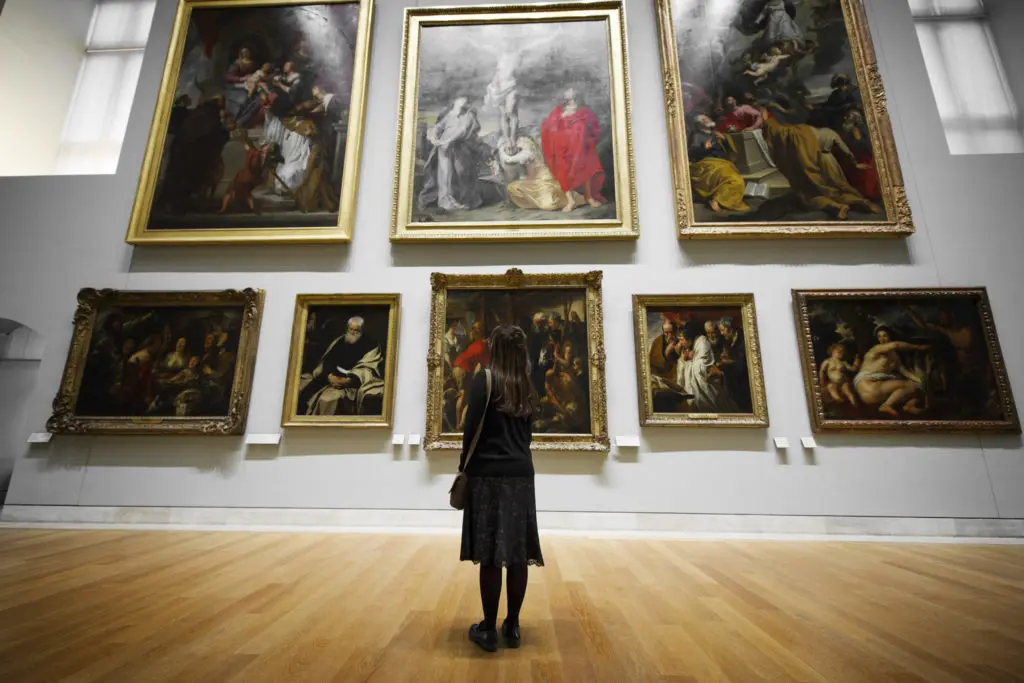
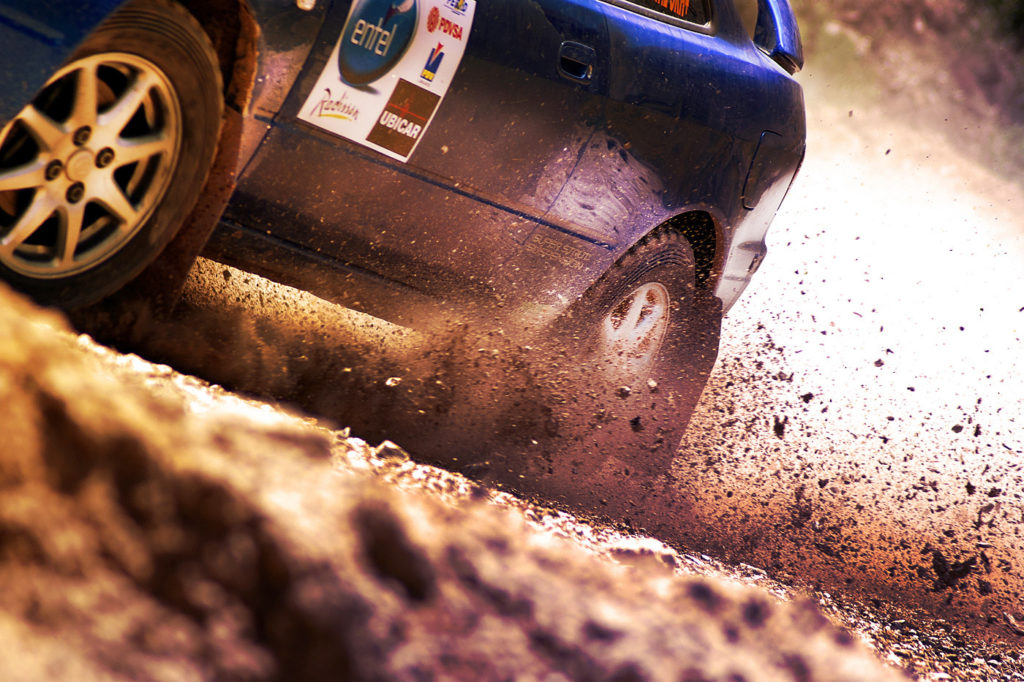
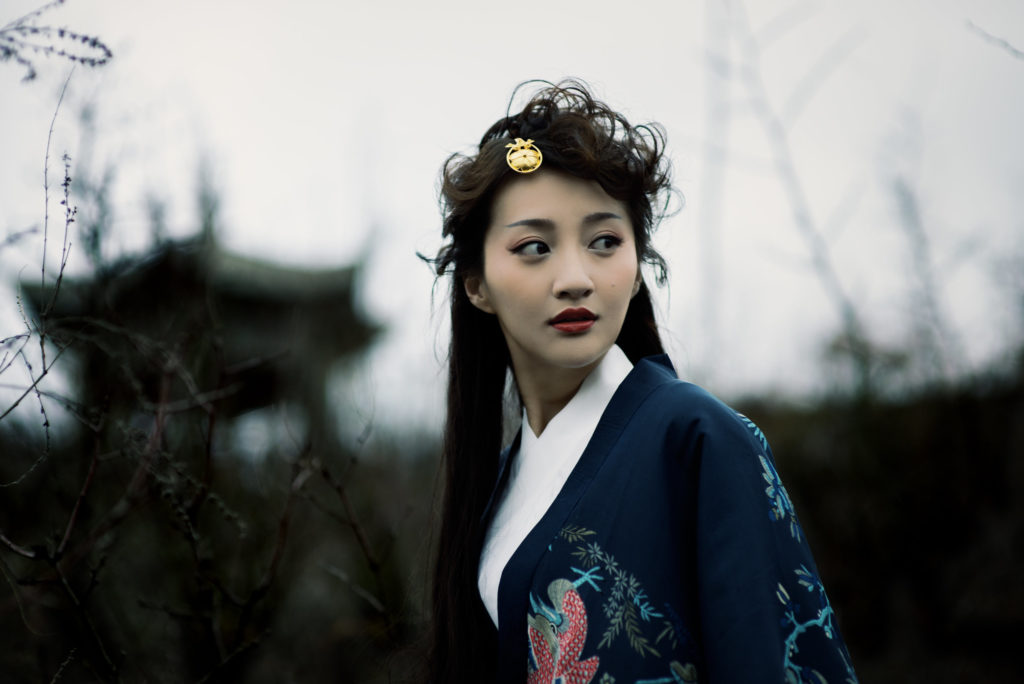
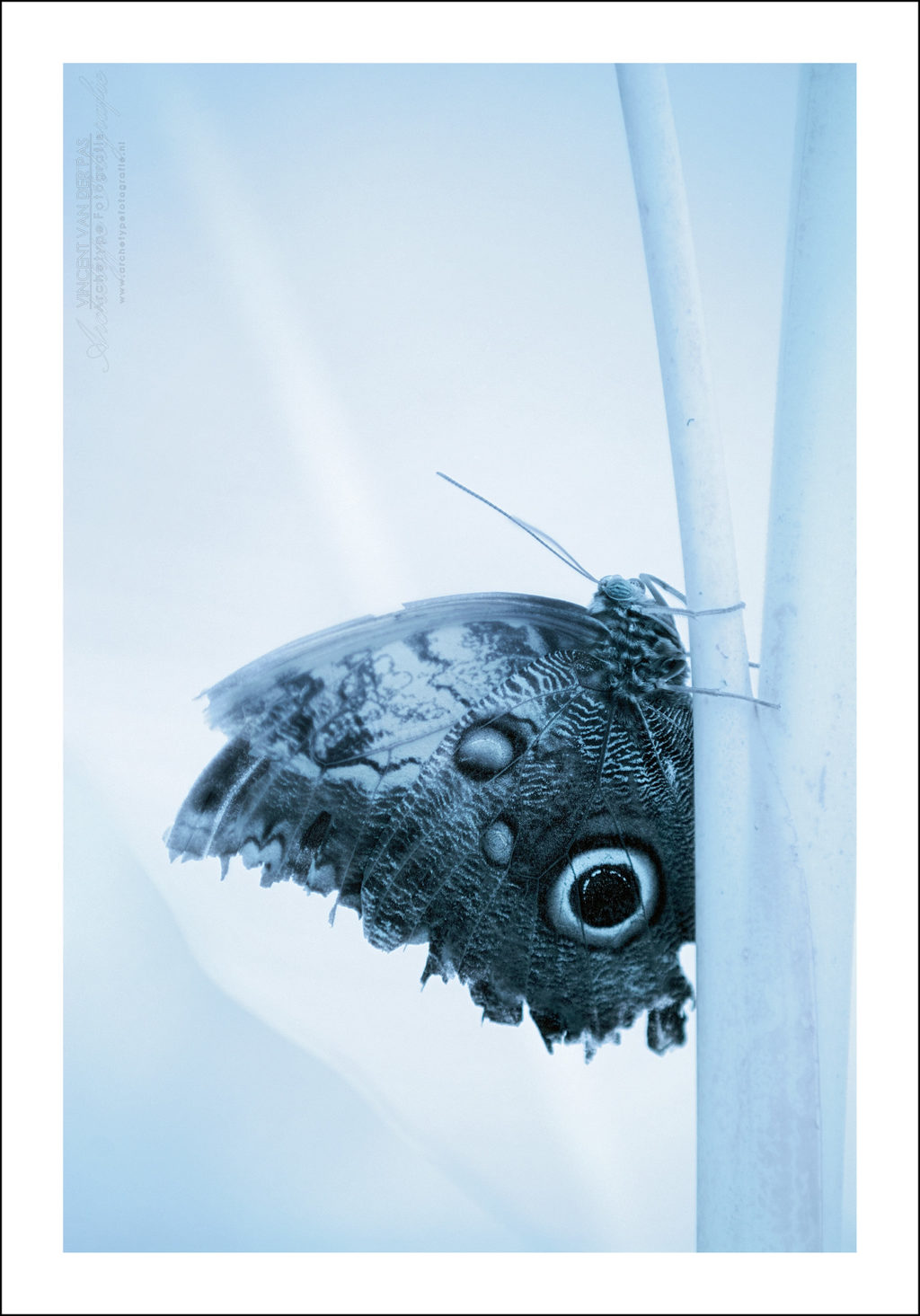


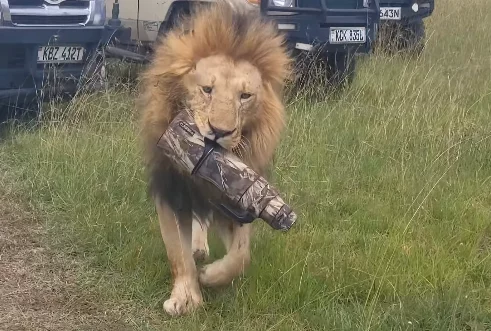


11 Comments
Very interesting. A good critique will certainly encourage the author while a negative one might discourage him from learning his shortcomings.
Is there an app for critiquing photographs? Would such a thing be the end of all human interaction?
My ol’ photographer pals were joking around one time about the future of digital photography. We wondered if there will ever come a time when “smart” cameras will be invented – cameras that automatically determines light, exposure, and composition for you. It also shoots precise moments. That will be the day creativity ends. Lol
I think #3 is the most important, particularly for instructors. I’ve taken several photography classes in which the instructors had a style that was in contrast to mine, and I never got positive feedback in those situations.
True. It’s difficult to be objective when you’re looking at your own personal style in other people’s work
I only state aspects that are positive to me and leave all else unsaid. Reward the parts I want to encourage.
I think that ‘what if’ questions are good. For example: What if you blurred the background?
Very interesting read Karlo! I am just starting out with giving feedback to people and one think I find difficult is that I am very aware that we all have different tastes which influence the look of our photos. I try to avoid using the word “rule” as I feel that it limits creative possibilities, but I do point out if the arrangement of visual elements does not feel right to me (eg leading lines taking the viewer out of the frame) and what I would do differently.
I like to point out that these are my personal preferences and that nothing is set in stone. I have had brilliant photographers give me feedback that I felt I had to ignore, even though some of their other tips helped me a lot. I also think that while it is good to not hurt the photographer’s feelings, it is more helpful to give well thought out constructive critique than just praising the positive elements.
I found this read very helpful. Like it or not, I have been asked by friends to critique an image (that, in itself, can be a difficult situation, but many of the suggestions in your article can help me with that). I find it helpful to clarify what the person is asking for (some only want “I like your picture”) and to refrain from suggestions and observations unless there is indication that is what they are truly requesting.
Very interesting, Karlo. I thought the photo says as photo, I mean There isn’t need a words to understand a photo. But i changed, I think A photographer should give a comments about his works to be ready to take a critique. And you can say that again, Any criticism can help improving making a photo if a photographer is open.
I’ve found an interesting comment to make is: ” What would you say to someone who suggests that a photograph needs to breathe, to have an entry and an exit.” (for example in remarking on an image with an ‘all-over’ design)